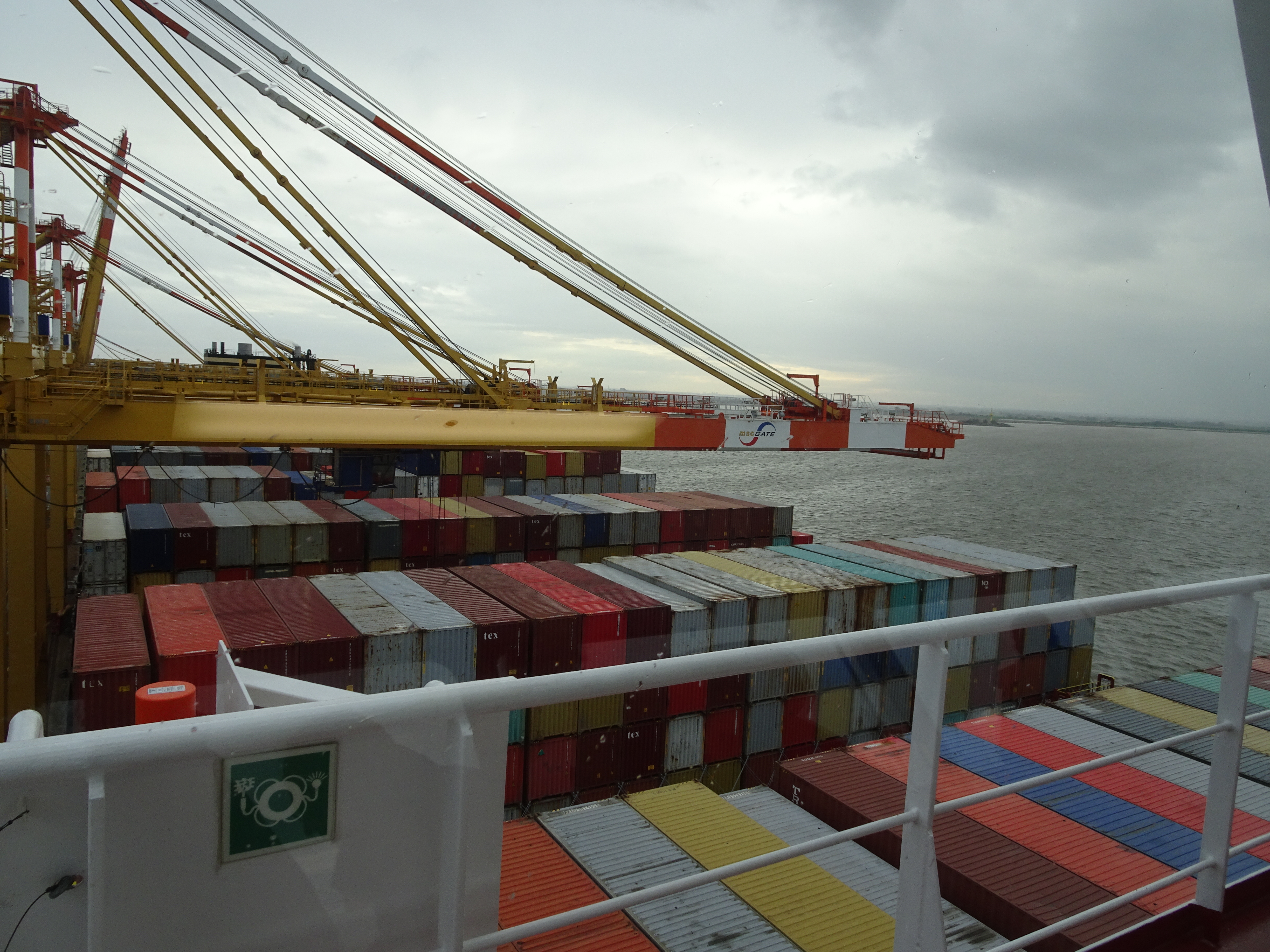Alarm at the Central Command for Maritime Emergencies (CCME) in Cuxhaven: a large container ship reports »smoke detected on board.« The situation is unclear. What caused the smoke? Is a fire or even a disaster imminent? Are there hazardous substances on board? Which emergency responders need to be alerted and what steps need to be initiated? In moments like these, one thing is most critical : fast and comprehensive information on the situation. This is where Project »NSW-Plus« comes in.
More transparency in the maritime transport chain
National Single Window-Plus (NSW-Plus)
Task
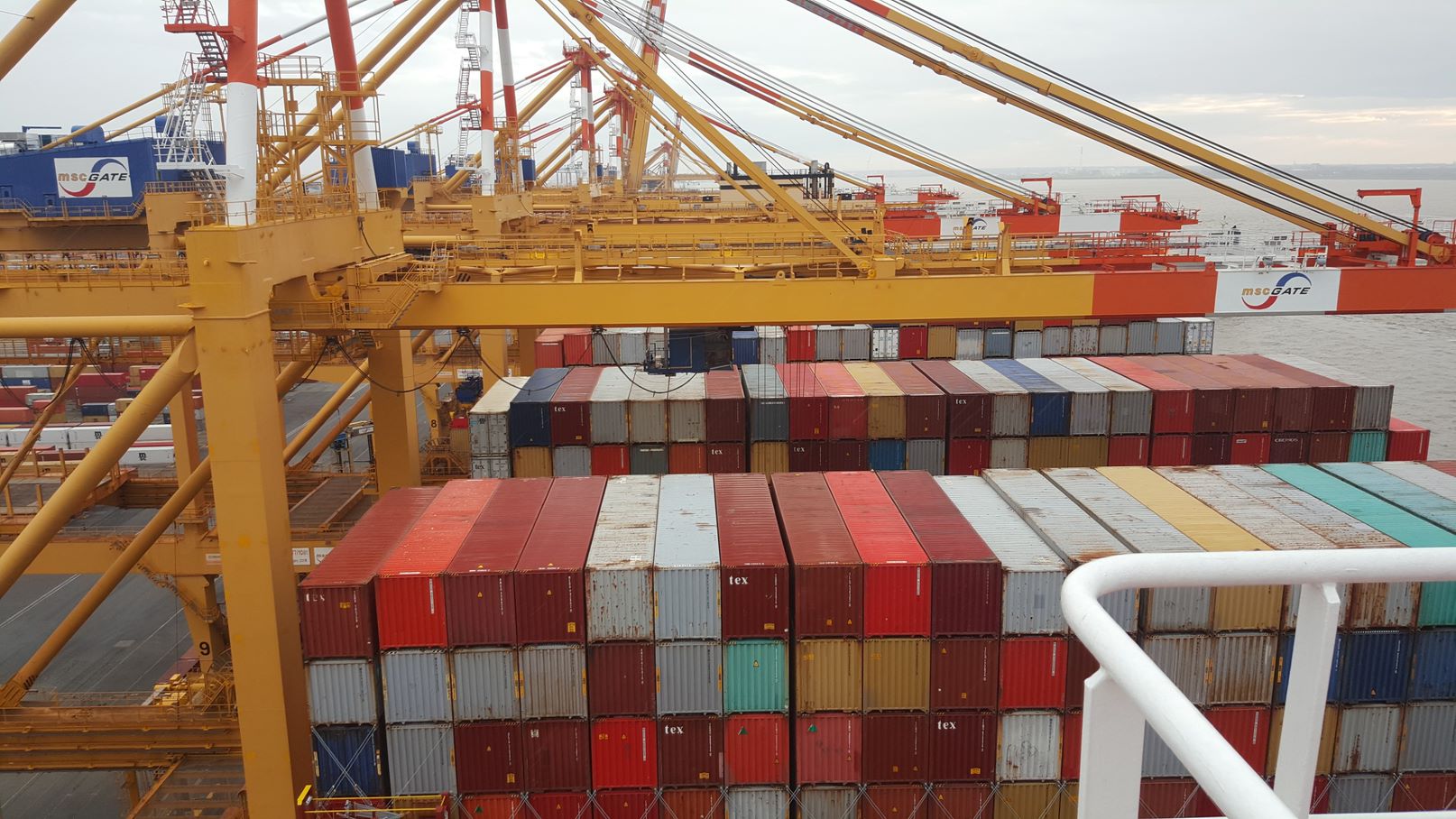
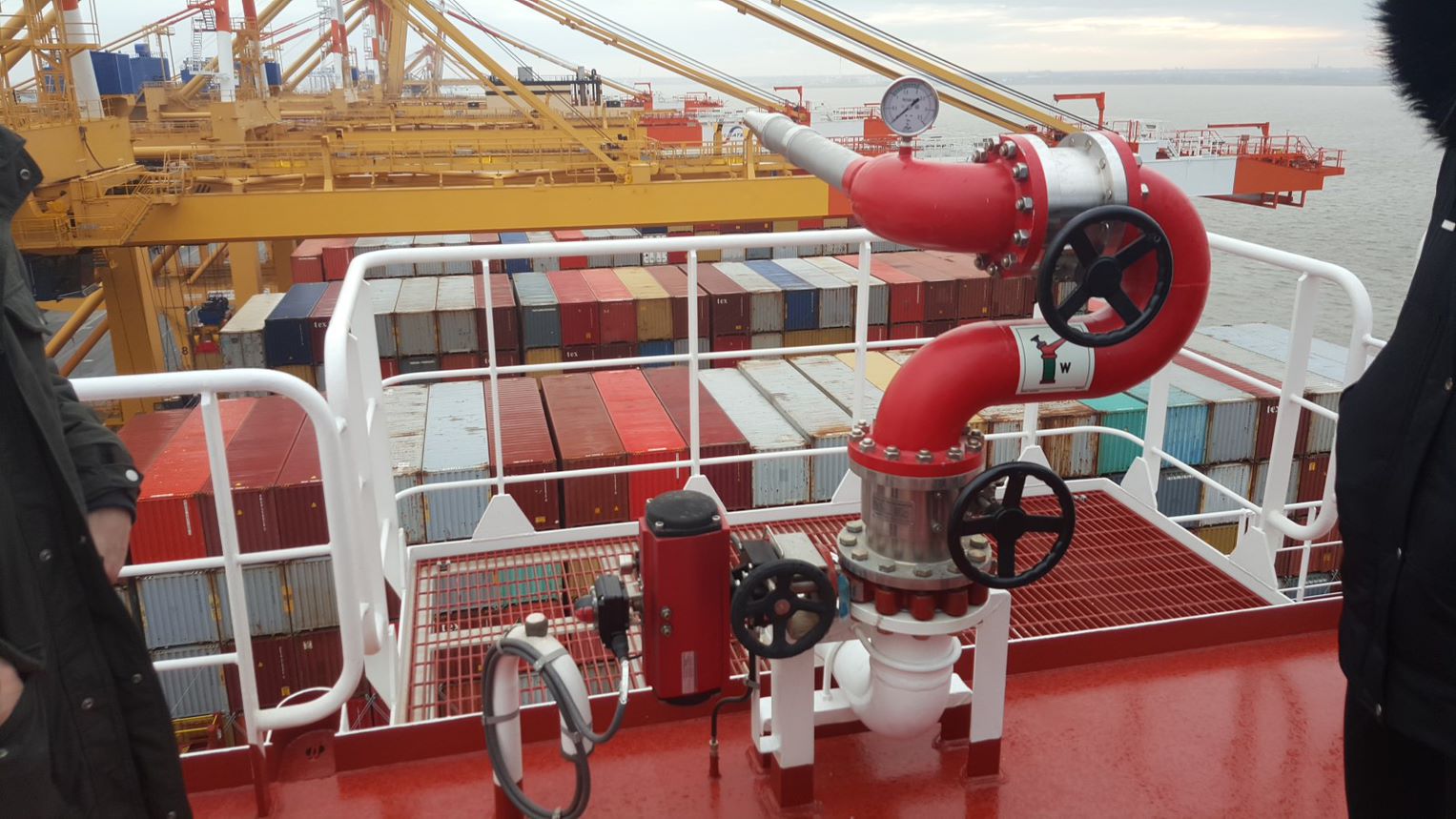
The »National Single Window« (NSW) is a central official reporting system for German maritime traffic, which collects primarily administrative data from companies and authorities subject to reporting requirements. In fact, all the stakeholders in the maritime industry could benefit from access to and use of the system.
The aim of the »NSW-Plus« project funded by the Germany’s Federal Ministry of Transport and Digital Infrastructure (BMVI) is therefore to expand the existing NSW reporting system to include additional safety and commercial data from the maritime transport chain. This would create a new service that would offer significant benefits to the maritime industry by greatly improving the planning and management of transport operations and could serve as a blueprint for other European countries.
Providing information just once
The vision of NSW-Plus is that all of the information relevant to a maritime transport operation only needs to be provided once, regardless of member states, ports and other stakeholders. NSW offers the ideal initial platform for this purpose, which will be enriched with additional data and then transferred into the digital world of logistics 4.0 in a legally compliant manner.
Fraunhofer FKIE's contribution to the project was the development of a concept for evaluating and processing the data collected in this way and making it as intuitive and understandable as possible. Because the data involved is sensitive to companies and government agencies, FKIE scientists also offered support in minimizing cyber risks to implementation of the prototype. Another focus was on making the solution as practical and user-oriented as possible.
Methodology / Approach
To date, the National Single Window (NSW) has only distributed administrative data. Operational data, which the port terminals need for planning and operations, is provided in various other ways. This leads to multiple reporting channels, inconsistent data formats, and thus the risk of errors and inconsistencies.
This is set to change with the opening up of NSW to all the other stakeholders involved in the maritime transport chain. These actors have different relationships to each other: they are partners or customers (e.g., ship owners and carriers), but also competitors (e.g., ship owners among themselves). For the future acceptance of the solution and the trust placed in it, the security and added value of the functionally expanded system are therefore of utmost relevance. Only if such security and value are present will the carriers also be willing enter their data into the public system in order to use it.
System concept
Up to now, an NSW core system has been responsible for receiving, processing and providing the data subject to reporting requirements, which are transmitted to it through external applications such as port information systems or web-based messaging clients. Authorities can then retrieve the data in the form of messages. This approach was adopted in the development of the NSW-Plus concept, but subdivided into web server, database system, and application programming interface (API) categories. Providers can use the API to develop their own applications for data input and output. To ensure compliance with interface and security standards, certification by the NSW Plus operator is required for new applications.
IT security
As early as the design phase of the NSW extension, Fraunhofer FKIE was involved in laying the groundwork for the IT security of the system as a whole. Large parts of the software of the NSW-Plus prototype are proprietary developments created in the course of the project. A detailed rights and roles concept was developed that enables the assignment of rights by the respective data owner. Special attention was given to potential inconsistencies and problems in maintaining the confidentiality of the stored data.
A technical security concept for the NSW Plus prototype was created, which can be used as a basis for an upcoming productive system. Its content is based on the BSI's IT baseline protection, which helps with certification for data suppliers to the NSW-Plus system and facilitates the subsequent integration of potential users in terms of processes and organization. In addition, the so-called reporting classes in the current NSW system were supplemented by NSW-Plus-specific reporting classes. The established principle of a single reporting channel was retained. All information, regardless of the recipient, is always sent to a single destination.
The human-machine interface concept
On the output side, NSW-Plus offers considerably more flexibility than the previous system. Data can be made directly available to other systems for further processing via a data interface (machine to machine, M2M). This data can then be processed for display or evaluation through a front end, web-based or locally installed application, for instance.
As an example of such an application, Fraunhofer FKIE has developed a human-machine interface (HMI) for the Central Command for Maritime Emergencies (CCME) and implemented it in a demonstrator for the pilot application »Integration of cargo data import/export« (for details see the »Use Case« tab). To this end, the process outlined in ISO 9241-210 for the design of user-friendly interactive systems was applied to design an efficient, effective, intuitive and ergonomic system.
Results / Outlook
The mandatory National Single Window (NSW) is currently only available for use by government agencies. Different stakeholders along the maritime transport chain are required to report data to the system. However, these are part of a larger pool of data that is shared elsewhere with different actors. NSW-Plus demonstrated how more data can be made available to all maritime stakeholders while retaining the reporting requirement.
NSW-Plus was evaluated in three prototypes for three pilots during the project:
1. Integration of load data
2. Integration of verified gross mass (VGM)
3. Integration of pre- and post-processing information
The key results achieved in this regard are:
1. Immediate availability of data
2. An ergonomically designed front end with a rights and roles concept for user-specific access to sensitive information, structuring, and filtering of data
3. Each user perspective requires a different view of the data.
Overall, the project successfully demonstrated that numerous benefits would result from the enhancement of the existing NSW:
1. Economic benefits
(Promotion of Germany as a business and logistics location)
2. Socioeconomic advantages
(Avoidance of unproductive transports and thus reduction of noise and exhaust emissions, better utilization of available transport
capacities and the existing transport infrastructure, increased safety)
The most extensive part of Fraunhofer FKIE's work was the design and implementation of the human-machine interface (HMI) in accordance with DIN EN ISO 9241-210. The iterative approach on which this is based required an extensive exchange with users. This was made possible primarily through the efforts of two partners associated with the project: the CCME and the Hanseatic City of Bremen Port Authority (HBH). »With the CCME in particular, we had a very intensive and committed collaboration that enabled us to learn a great deal,« says FKIE project manager Anastasia Schwarze. »So it was all the more pleasing that over the course of the project and as the demonstrator steady progressed, it became increasingly clear how much the CCME would benefit from the expanded data in NSW-Plus.«
Use Case
Key ad hoc information for CCME
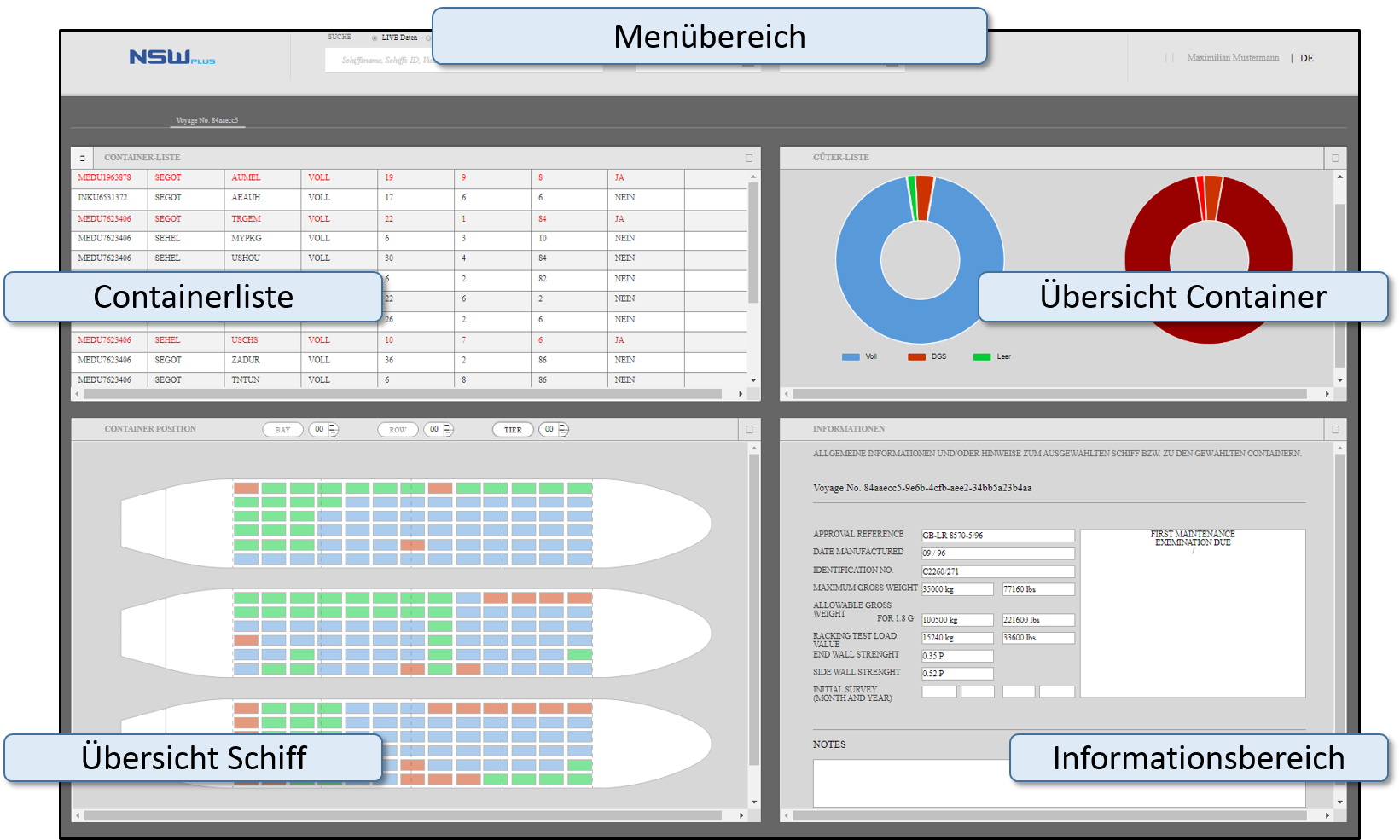
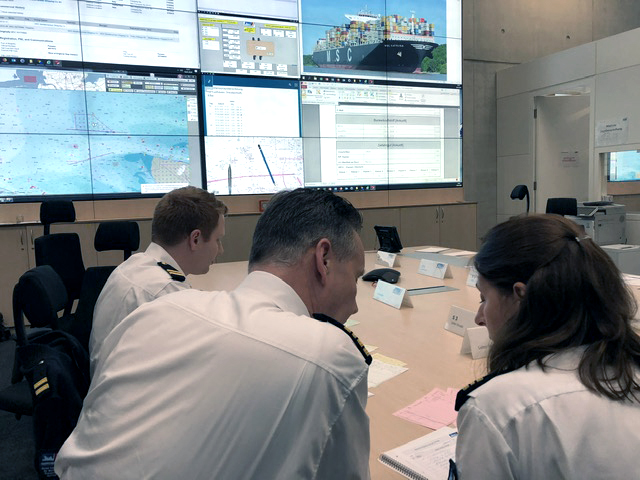
The CCME currently accesses the existing NSW to retrieve hazardous materials information. In the event of an accident, however, information is needed for every container on board. At present, this information has to be obtained by other means, usually through the shipping line concerned. This costs valuable time at a moment when time is of the essence. The sooner the information is available, the faster and more accurately the mission can be planned and carried out.
The prototype, which was prepared in close cooperation with the CCME, makes all cargo information available on the fly via the NSW-Plus system. It also features a user interface developed by Fraunhofer FKIE that supports visualization of and interaction with the data. The data display can be customized individually to suit the specific situation. The cargo list, previously available only as PDF, is now displayed as an interactive table with filtering and sorting functions. Visualizations of container types and their positions on the ship also add to situational awareness. As a result, processes are significantly simplified and accelerated.
Practical testing during command post exercise with a major shipping company
On January 16, 2020, NSW-Plus was able to prove its capabilities for the first time in a command post exercise involving the Mediterranean Shipping Company (MSC), currently the second largest container shipping company in the world. The exercise scenario simulated an incident involving the development of smoke on a large container ship. The training covered the specific crisis management procedures as well as crisis coordination and communication. Emergency forces had to be alerted and prepared for firefighting operations on the large containership. At the same time, load data had to be transmitted from the shipping company to the CCME, and preparations made for an emergency berth.
The exercise focused on the interfaces between the shipping company and the CCME. For direct comparison, the NSW-Plus demonstrator ran parallel to the scenario via the existing system. The test proved successful: »Obtaining and viewing the load data can take several hours in the event of a crisis,« explains FKIE project manager Anastasia Schwarze. »With our solution, the data was available on fly, which meant it could be discussed at the first situation briefing of the operational command.« During the exercise, it had already become clear to the CCME that NSW-Plus would have helped to save valuable time and initiate the right actions much more quickly.« All partners involved have therefore expressed a desire to implement the system and put it into use.
Project partners
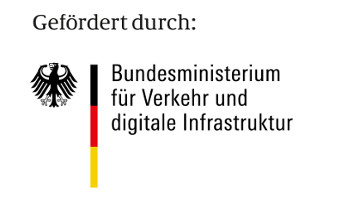
Coordinator
Project partners
- Fraunhofer FKIE
- BESITEC Bertling EDI Service & IT GmbH
- TFG Transfracht GmbH
- MSC Germany S.A. & Co. KG
- datenschutz cert GmbH
- BSH Hausgeräte GmbH
Associated partners
